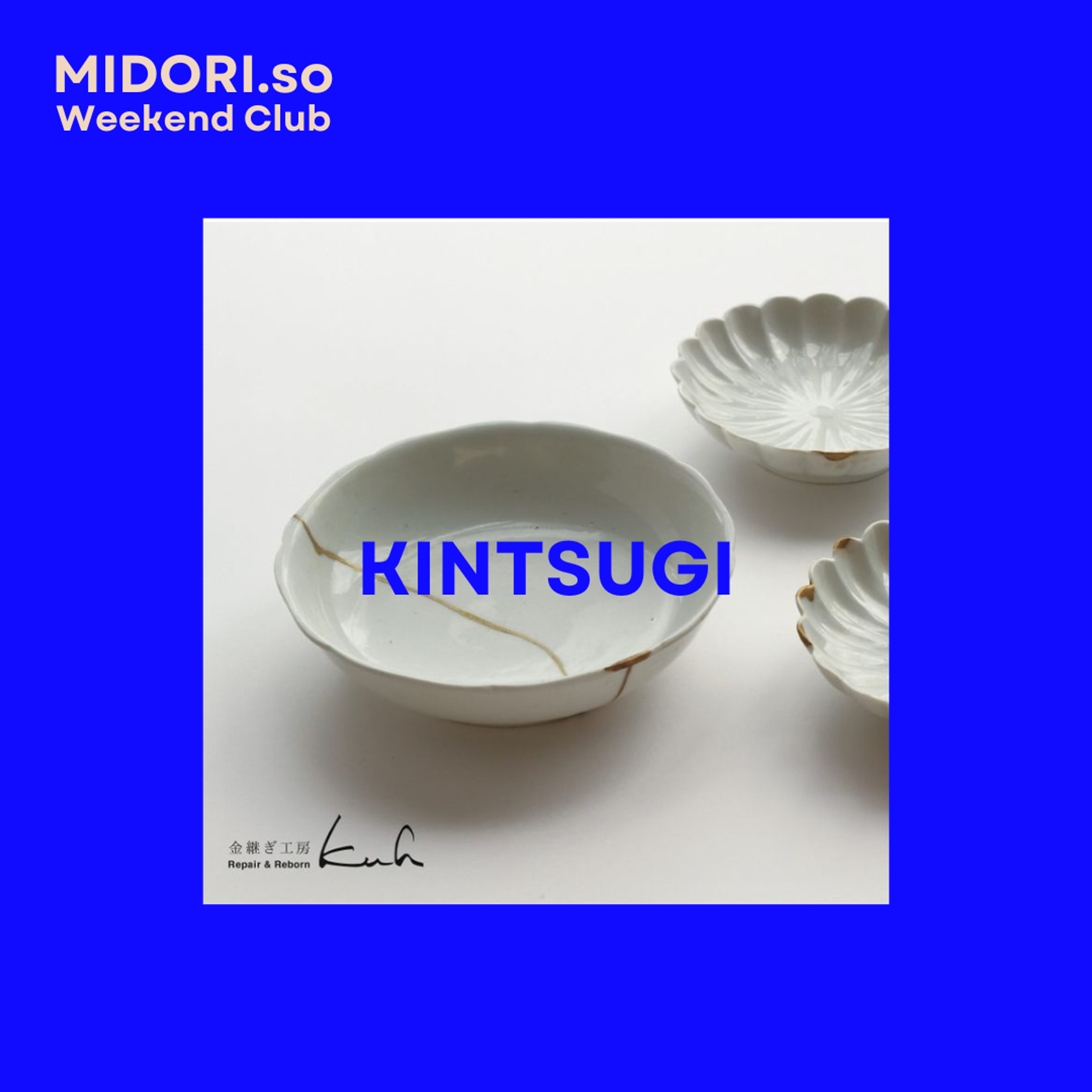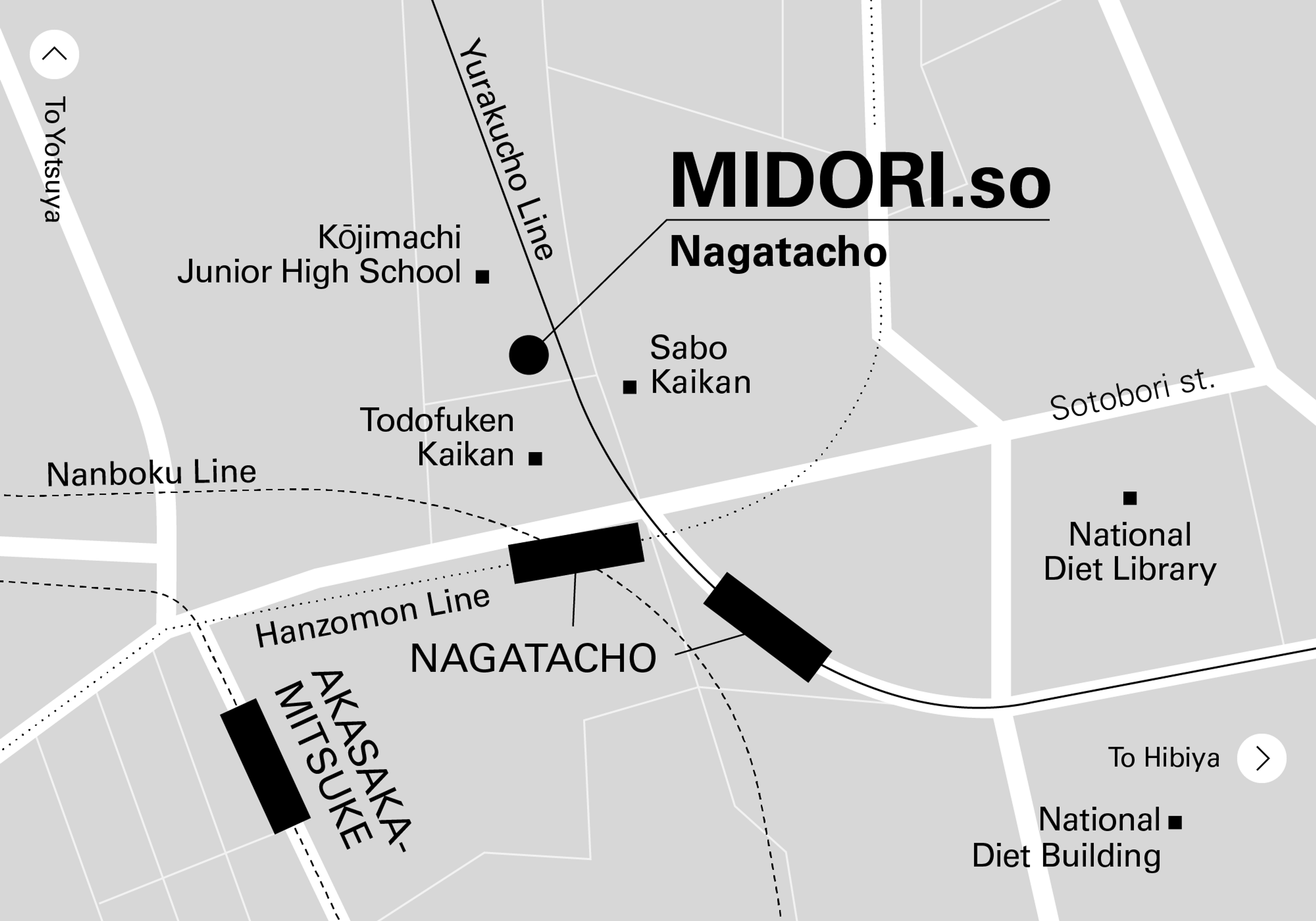
KINTSUGI
JUNE SCHEDULE:
6/15 (sun.) 11:00-13:00
6/17 (tue.) 11:00-13:00
6/24 (tue.) 11:00-13:00
The first session: "Kintsugi"
In "Kintsugi," you can beautifully restore broken pottery yourself. When a piece gets chipped, you can repair it and continue to cherish it. This reflects a way of living that values and maintains what we have.
"Kintsugi" is a traditional Japanese technique that demonstrates Japan's design prowess. It involves mending broken ceramics with lacquer and adorning the seams with gold or silver. This practice began in the world of tea ceremonies during the Muromachi period, when the art of tea became popular.
A notable aspect of Kintsugi is that it not only repairs but also enhances the aesthetic and intrinsic value of the item. There was a time when the repaired scars, called "landscapes," were appreciated for their beauty.
Unfortunately, the philosophy and techniques of "Kintsugi" are gradually being lost due to a shortage of successors. Additionally, many traditional crafts are being impacted by natural disasters and an aging population, exacerbating the lack of new artisans. Conversely, in today's era of mass production and consumption, there seems to be a renewed interest in handcrafted work.
In our sessions, we will focus not only on learning the technique but also on the art of beautiful restoration. As you improve, you might find yourself repairing friends' pottery or aiming for exhibitions, exploring new horizons in the process.
Instructor: Kazue Ito
Born in Tokyo, Kazue Ito opened the natural food restaurant "Kuh" in Omotesando from 2001 to 2007, focusing on brown rice-based cuisine. By combining traditional Japanese philosophies with innovative ideas, she established a unique food culture and widely communicated her approach to food through various media. Currently, she holds numerous cooking and Kintsugi classes, working as a food culture instructor and coordinator.
What to Bring:
・Chipped or broken pottery (if you don't have any, we can provide some for an additional fee.)
・Apron
・Box for carrying the repaired pottery (a box slightly larger than the pottery, as the lacquer will not be dry)
NOTES:
Authentic lacquer (Hon Urushi) and synthetic lacquer (Gosei Urushi) are available at the session. If authentic lacquer is used, depending on the condition of the chips and cracks, we recommend several months of continuous participation, as it takes longer to dry and process. If synthetic lacquer is used, depending on the state of chips and cracks, the work may be completed in one session. (However, please note that it takes a few days to dry completely, so please be careful when taking it home.) Please consult the instructor at the session.
Participation fee:
JPY5,000 per session/ per person (Payment at the session/ cash only)
PLACE:
MIDORI.so 3F Meeing room, 2-5-3 Hirakawacho, Chiyoda-ku, Tokyo 102-0093, Japan
MIDORI.so Nagatacho
Address: 2-5-3 Hirakawacho, Chiyoda-ku, Tokyo
Via Trains:
2 min walk from Nagatacho St
8 min walk from Akasakamitsuke St.
8 min walk from Kojimachi St.

MIDORI.so Newsletter: